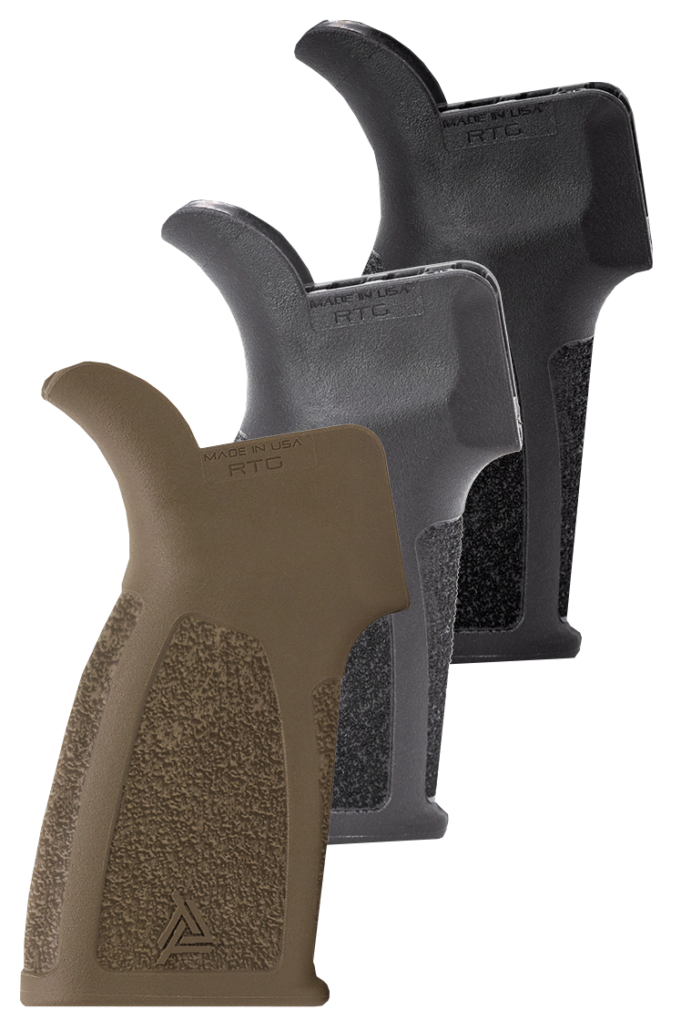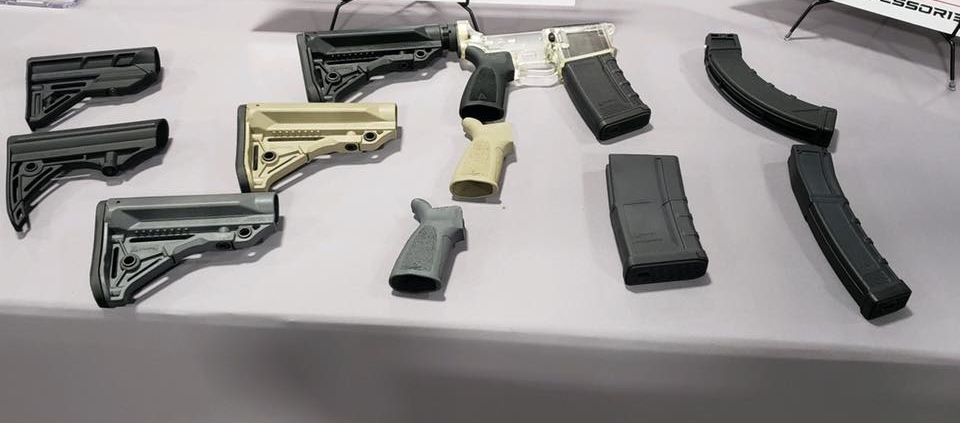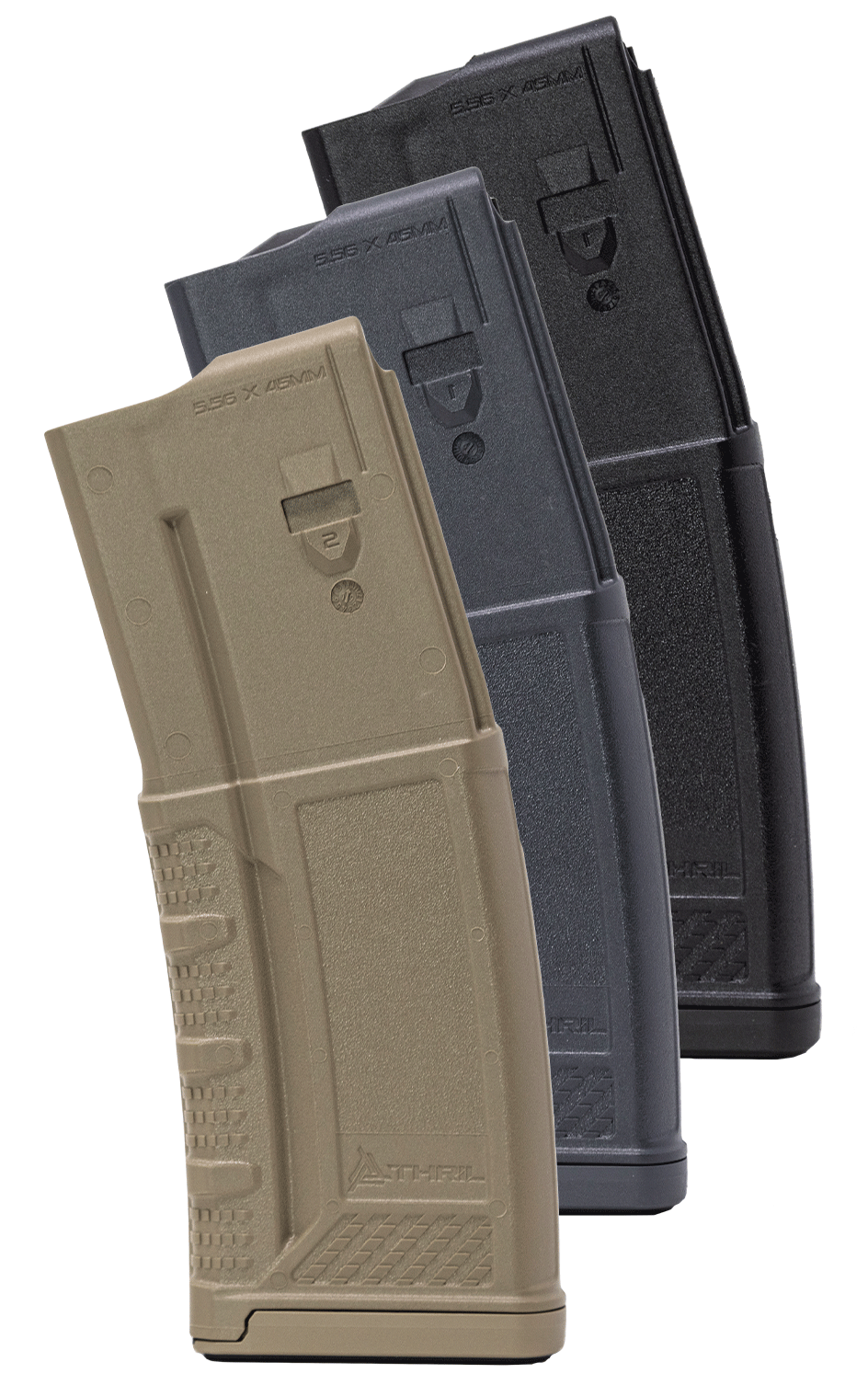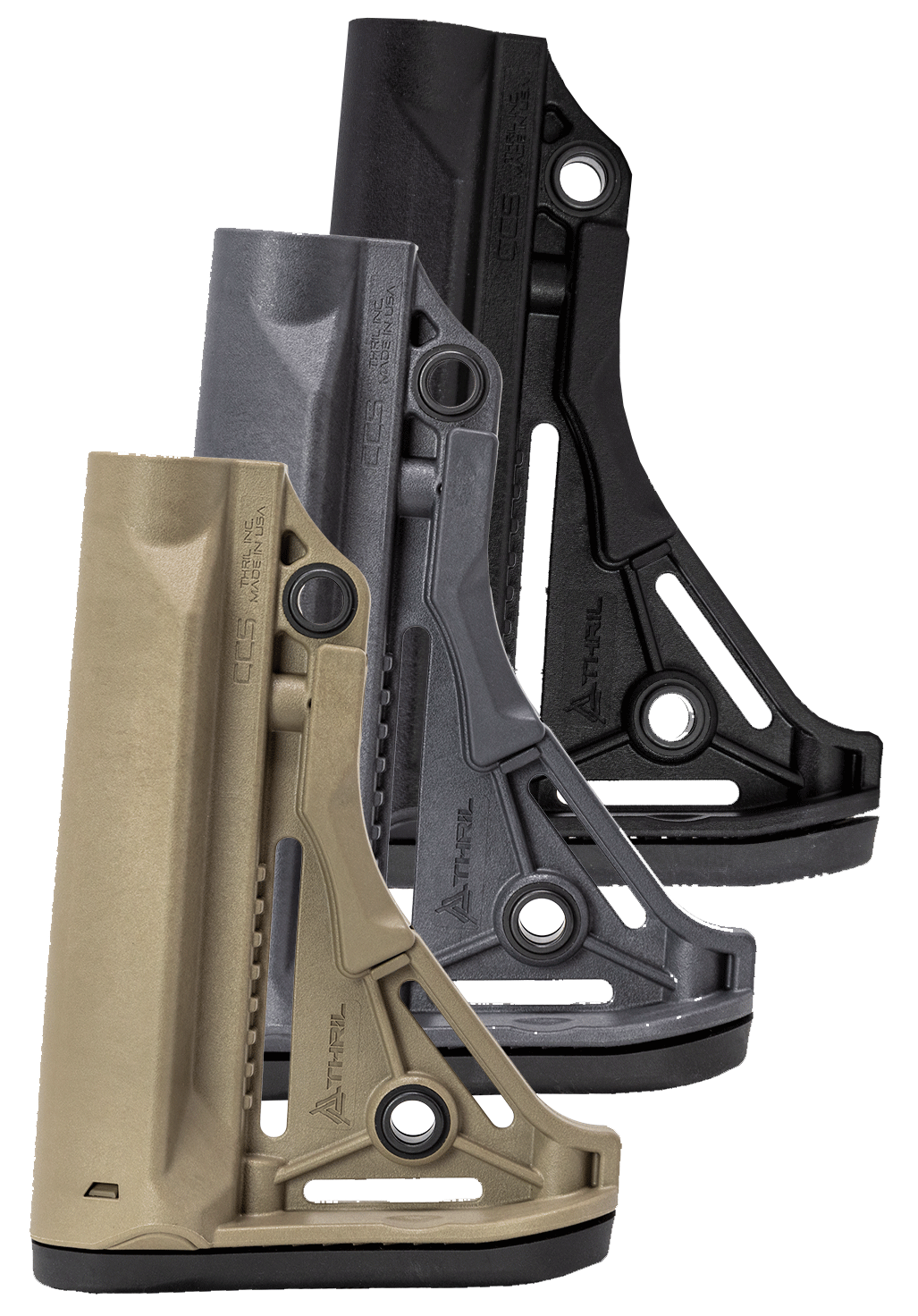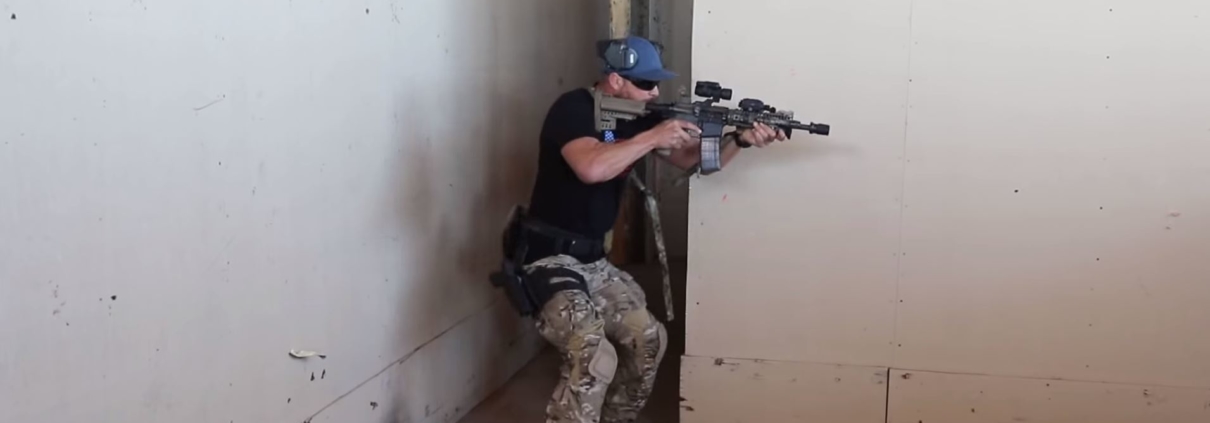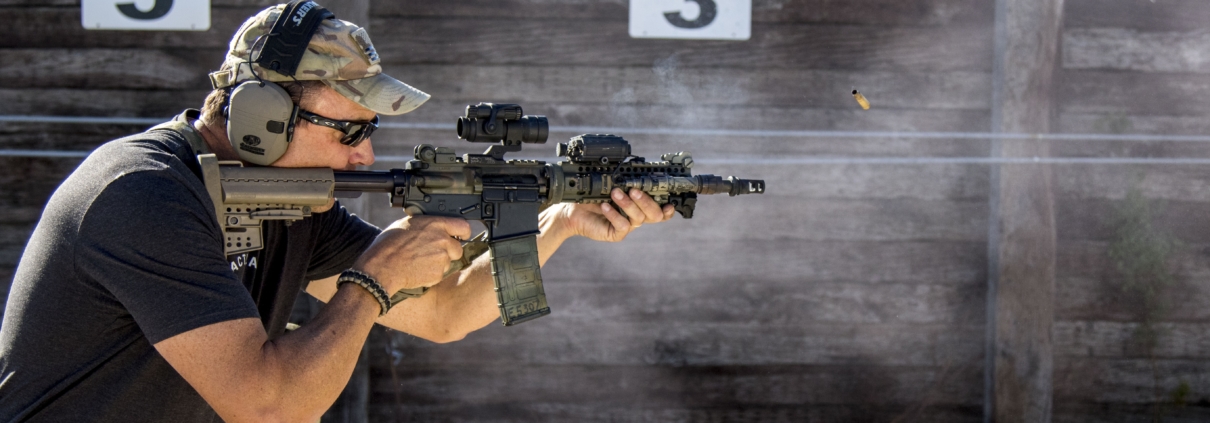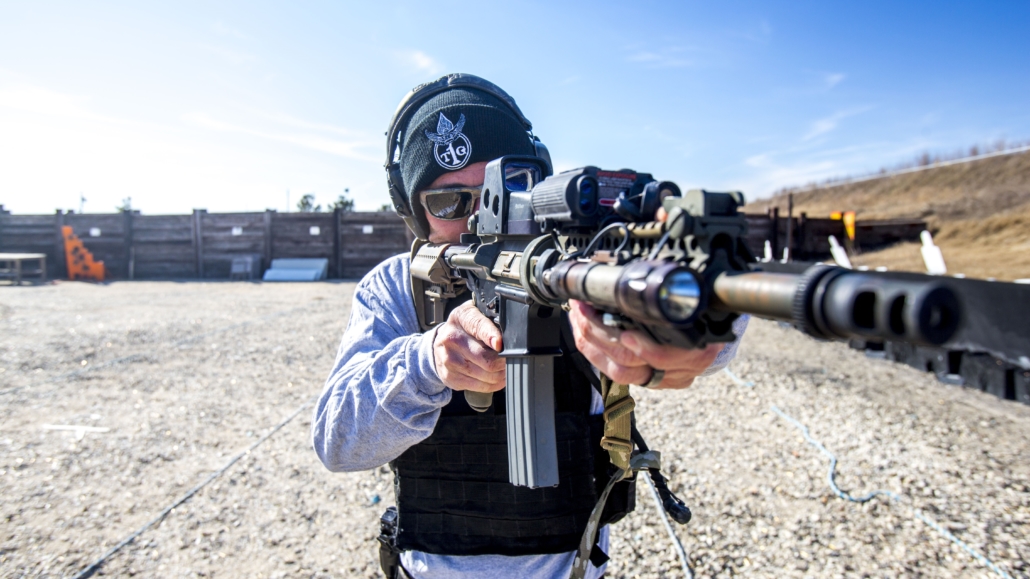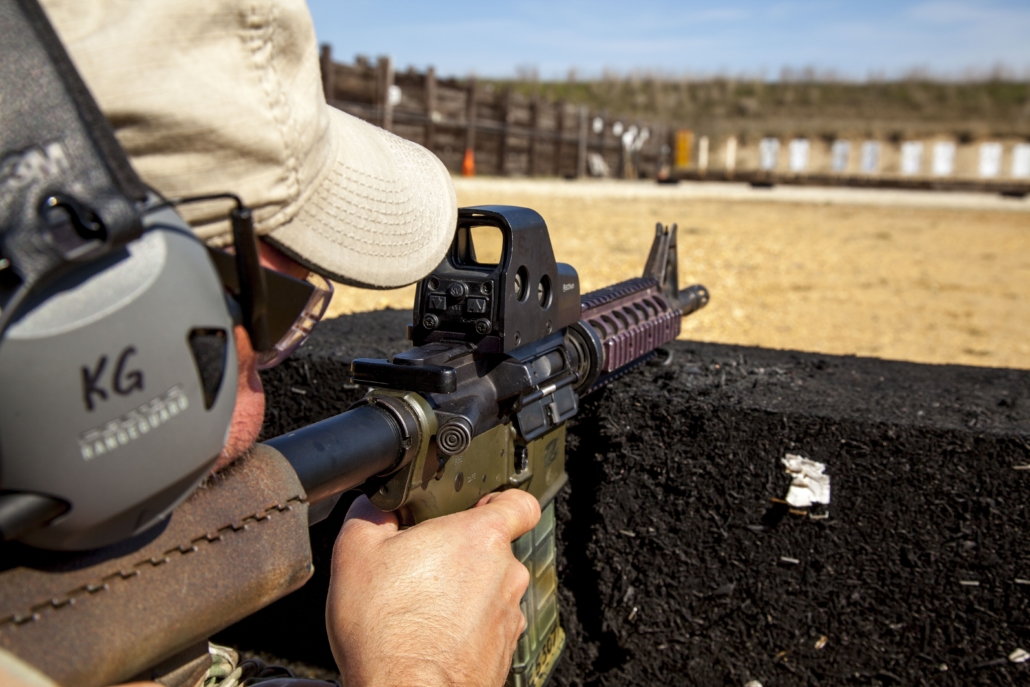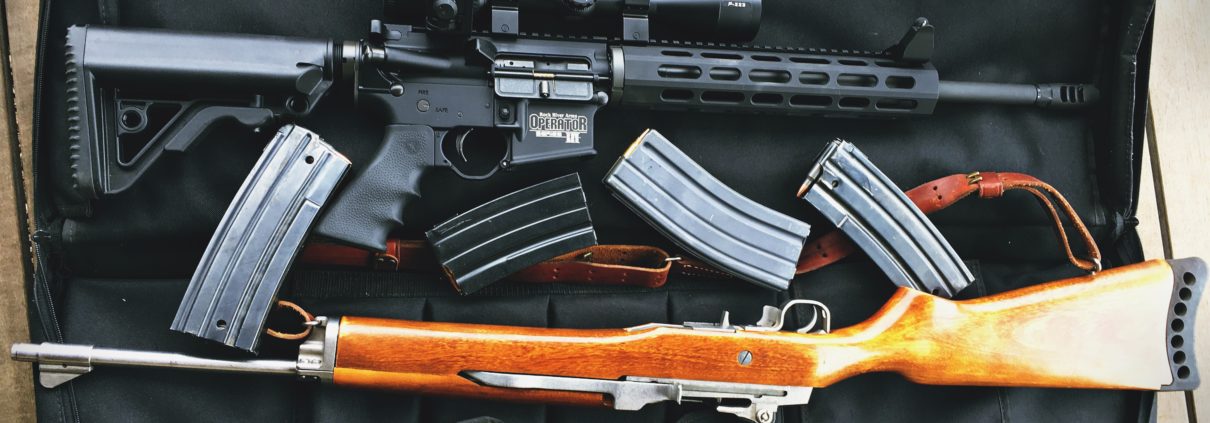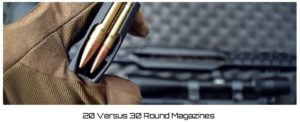The AR-15 Versus the Mini-14
The short barrel carbine rifle is a remarkably popular rifle system with endless use cases and versatility. Rifles like the AR–15, Mini–30, Mini–14, and AK–47 offer adaptability at the range and in the field. While the AR–15 is by far the most popular carbine rifle among shooters today, discerning shooters often consider other rifle platforms the industry offers. One rifle that has quite the following is the Mini–14, a design steeped in tradition and birthed by the tried and proven M1 Garand. Comparing the Mini–14 and AR–15 platforms reveals many similarities and differences, confirming strengths and weaknesses one may have over the other. This article features a head–to–head comparison between these two popular rifles.
The Case for the Mini–14
Jeff Cooper, perhaps the father of the modern rifle and pistol tactical techniques, said of the Mini-14: “It seems to me that the Mini-14 is a curiously successful marriage of the .30 US carbine and the .223 cartridge. It will do everything the carbine would do, but better; and everything the M-16 will do, but better.” (Guns for Home Defense)
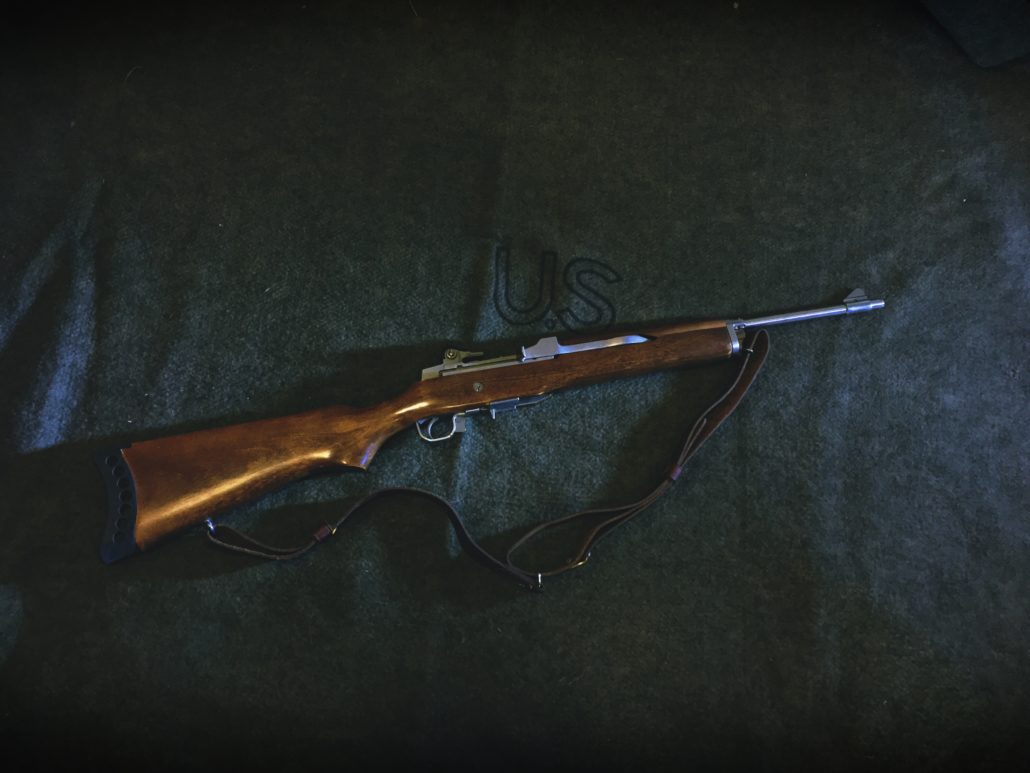
Introduced by Sturm, Ruger in 1973, the Mini-14 chambered in .223 caliber was called the Mini-14 because of its design based on a scaled-down version of the M14 rifle. Mechanically similar to the battle-proven M1 Garand the Mini-14 is built with a self-cleaning, fixed-piston gas system. Featuring an adjustable ghost ring iron sight and detachable box magazines, the Mini-14 is produced in a variety of models, the most popular being the ranch rifle. Outfitted with either wood or plastic traditional style stocks in blued and stainless finish, the Mini-14 ranch rifle is a handy fast action reliable carbine.
The Mini-14 has found a loyal following with shooters who have experience shooting the M1, M14, and M1A, and appreciate the design in the .223 caliber. The Garand rifle platform was said by General Patton, “In my opinion, the M1 rifle is the greatest battle implement ever devised.” In the hands of a rifleman, the Mini-14 is a powerful, tough and proven rifle capable of many functions across use cases; including home defense, tactical, and sporting.
The Case for the AR–15
Developed by Armalite in 1956, the AR platform was developed in hopes of fulfilling a US military contract. Armalite was not selected for the military contract and sold the platform to Colt Manufacturing. Colt developed the platform for the civilian rifle market and the most popular carbine platform in America was born.
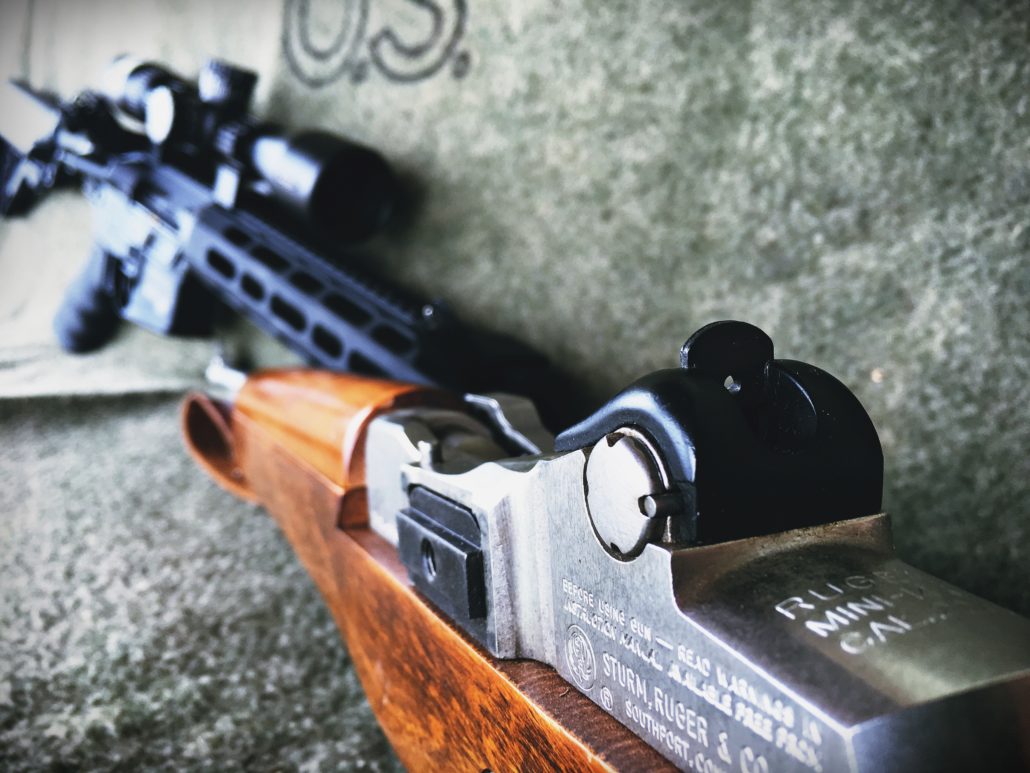
Easily the most adaptable, flexible, and versatile rifle platform ever devised; the AR-15 is modular in nature, allowing for customization with an endless array of aftermarket components. Built on synthetic stocks, grips, and rails the AR-15 has become known as the “black rifle” because of its similarity in appearance to the military issue M 16. Many non-shooters mistakenly classify the AR-15 as a non-civilian grade rifle simply because of its appearance.
Accurate and capable, the lightweight carbine AR-15 rifle is produced by many arms makers in many configurations for defense, sporting, and tactical use. Versatile enough for long range and excellent for in close tactical shooting, the AR-15 has proven itself as the modern sporting rifle of the day.
Head-to-Head
The fact is that many shooters have already made up their minds concerning which platform is better than the other when it comes to the AR-15 versus the Mini-14. However, this decision most likely was made without considering all the factors. Brand loyalty runs deep in the firearms world, so it’ll take a high-level view between the two platforms to leave the opinions at home.
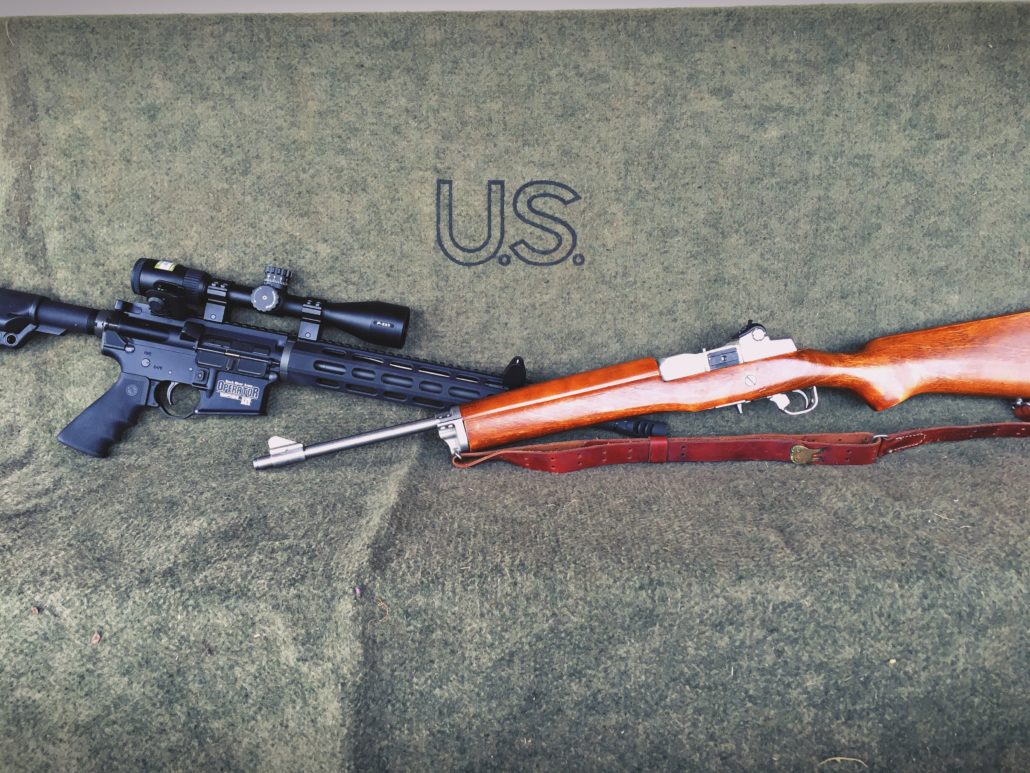
Pros for the Mini-14
- Perception – The Mini-14 is considered a “safe” rifle in most states with strict gun laws. Unfortunately, many states have laws restricting the possession of AR-15 rifles. If you live, work, or travel in one of these states, a Mini-14 ranch rifle with a wooden stock and a 5 or 10 round magazine might be the solution. The look of a wooden stock on a sporting rifle is easier to digest for many non-shooting folks, it looks like Grandpa’s bolt gun.
Unfortunately, there is a large debate surrounding the AR-15 and its possession as a legal rifle, most being caused simply by the appearance of the gun. Be sure to know your local laws pertaining to owning a carbine before deciding on which carbine is right for you.
- Stock Trigger – The Mini-14 by Sturm Ruger is manufactured with an exceptional trigger when it comes to carbines. Shooters know that a quality trigger is a vital part of accuracy. The trigger group on the Mini-14 is not easily swapped or adjusted, thankfully Ruger equips the rifle with a quality trigger.
Generally speaking, the trigger group on stock AR-15 rifles are not that impressive. With that in mind, upgrading the trigger on your AR-15 is easy to do, but at a cost.
- Piston Operation – The fixed gas piston system used in the Mini 14, based on the M1 Garand, is cleaner and more efficient than the direct impingement action typically used in the AR 15 platform. This feature leads to a cleaner running rifle with less fouling and jamming in the Mini 14 than the AR 15. The Mini 14 is not equipped with a forward bolt assist, because it doesn’t need one.
AR-15 carbines have a reputation of being finicky with issues like short stroking and ejection failures. The direct impingement action in the AR-15 platform is more likely to see jamming issues than the Mini-14 action.
- Low Profile – The Mini-14 rifle has a lower profile compared to the AR-15 design. The low profile composition allows for lower mounted optics, and for a traditional “hunting rifle look”.
AR-15 rifles are built with a higher profile, options like pistol grips and flat top rails create a higher profile. The raised profile of the AR-15 rifle makes mounting optics interesting, and gives the rifle more of a tactical look.
- Cold Hammer Forged Barrel – Sturm Ruger outfits their Mini-14 rifles with an extremely durable forged barrel from the factory. The durability of a cold hammered barrel cannot be beaten. The end result of the cold hammered forged barrel is longer barrel life.
Most AR-15 rifle platforms come standard with pencil barrels. Lighter weight factory barrels are not as durable as the forged barrel standard on the Mini-14. AR-15 barrels are easy to swap and upgrade, but again, at an added expense.
Pros for the AR–15
- Accessories and Customizing – The greatest advantage of the AR-15 over any other rifle system is its ability to be easily customized. The interchangeable nature of the AR-15 makes for a rifle platform that is totally customizable and adaptable. This coupled with the popularity of AR-15 rifles has driven an explosion in the market around AR accessories and options for customizing your AR. From AR optics to stocks, slings, barrels, foregrips, and heat shields, there are countless options for customizing your AR-15.
The Mini-14 platform does not lend itself to added accessories or customizing. The Mini-14 carbine rifle is only produced by Sturm Ruger, limiting the production of aftermarket options for the rifle.
- Accuracy – Stemming from the availability of quality accessories and customizing parts, the AR-15 can be made to produce extreme accuracy. With all things being equal in consideration of ammunition and range conditions, expect greater accuracy from an AR-15 over the Mini-14.
The largest complaint and shortcoming of the Mini-14 rifle is accuracy. Designed to be used as a varmint style ranch rifle, the Mini-14 has respectable accuracy inside of 200 yards, but don’t expect it to perform like a bench rest rifle.
- Magazine Availability – Because of the fantastic popularity of the AR-15 rifle, there are legions of companies building and selling magazines for the AR. If you plan to keep a healthy stock of mags for your rifle at a decent price, then the AR-15 is for you.
The Ruger Mini-14 does not have the circulation of the AR-15 platform and you’re much less likely to find as many options when it comes to price and variety for the Mini-14 magazines.
- Options with Manufacturers – Colt’s patent on the AR platform expired in 1977 opening the market to all manufacturers. The number of companies selling the AR-15 rifle platform and rifles based on its design is too hard to define. From traditional arms companies like Remington to tactical rifle companies like Bushmaster, the AR-15 market is full of various gun builders all competing for your business.
The only manufacturer of the Mini 14 platform is Sturm Ruger. Consider that even though Ruger makes the Mini-14, they also produce a line of AR-15 rifles.
The debate between the Mini-14 versus AR-15 rifles is one based on both personal preference and use case. Both systems have their pros and cons, and their die-hard followers as well. Shooting either rifle at the range or on the hunt is enjoyable and fulfilling. At the end of the day, maybe it’s best if you decide which you should own by shooting and testing both.
